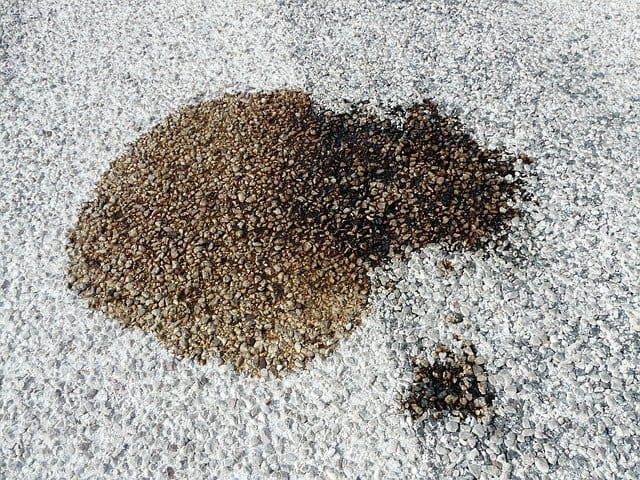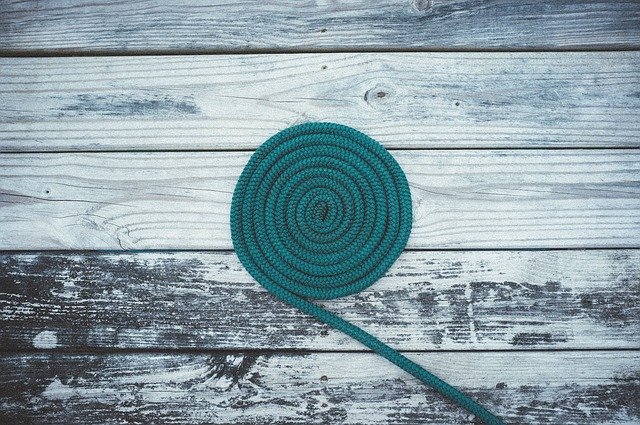Can You Paint Over Caulk Without Primer?
Have you ever wondered whether you can paint over caulk without using primer? If you’ve encountered cracks or gaps in your caulking job and want to refresh the look of your surfaces, this question might have crossed your mind.
The short answer is yes, you can paint over caulk without using primer. While painting over caulk without primer might work in some situations, it is generally advisable to use primer for better adhesion and durability of the paint job.
Skipping the primer step can save time and effort, but it may not always yield the best results. Related: Paint Over Non Paintable Caulk
Factors to Consider – Paint Over Caulk Without Primer?
Caulk Type
The type of caulk you use can greatly influence whether you need a primer before painting.
Silicone-based caulks, for instance, are more resistant to moisture and might not adhere well to paint without primer. On the other hand, latex or acrylic caulks tend to bond better with paint, making primer less critical.
Surface Material
The material of the surface you’re caulking can also impact the need for primer. For porous surfaces like wood or drywall, using a primer is highly recommended as it helps seal the surface and prevents the paint from being absorbed unevenly.
Paint Type
The type of paint you plan to use also matters. If you’re using paint with a high sheen or oil-based paint, primer becomes more essential to create a smooth and consistent surface for better adhesion.
Caulk Condition
The condition of your caulk is a crucial factor. If the caulk is old, cracked, or peeling, painting over it without primer is likely to yield unsatisfactory results.
In such cases, it’s best to remove the old caulk, apply new caulk, and use a primer before painting.
Scenarios where You Can Paint Over Caulk without Primer
While using primer is generally recommended, there are a few scenarios where you can successfully paint over caulk without the use of primer:
- Fresh Caulk Application: If you’ve just applied fresh caulk and the surface is clean and free from contaminants, you might be able to paint directly over it without using primer. Fresh caulk tends to have better bonding properties, making primer less necessary.
- Latex Caulk and Latex Paint Combination: When using latex caulks and latex paints together, you might achieve decent adhesion without primer. However, keep in mind that using primer can still improve the overall finish and durability.
- Temporary Solution: If you’re looking for a quick and temporary fix, you may choose to paint over caulk without primer. However, be aware that the paint might not adhere as well, and the results may not last long.
Related: Repaint Interior Walls
The Importance of Using Primer
While painting over caulk without a primer can work in some situations, it’s essential to understand the benefits of using primer for a better painting outcome:
- Improved Adhesion: Primer helps create a strong bond between the caulk and the paint, ensuring better adhesion and reducing the risk of peeling or cracking over time.
- Even Surface: Primer helps to create a uniform surface, especially on porous materials like wood or drywall, allowing the paint to be applied more evenly.
- Sealing Properties: Some primers have sealing properties that can help prevent moisture from penetrating the caulk and substrate, thus increasing the longevity of your paint job.
- Coverage and Cost-Effectiveness: By using primer, you can potentially reduce the number of paint coats required for full coverage, saving you both time and money.
How to Paint Over Caulk Properly
If you’ve decided to proceed without primer, follow these steps to ensure a successful paint job over caulk:
- Clean the Surface: Make sure the surface is clean and free from dust, dirt, and grease. Use a mild detergent and water to clean the area thoroughly and let it dry completely.
- Smooth Out Caulk Lines: If there are any uneven caulk lines or excess caulk, use a putty knife to smooth them out for a more even surface.
- Choose the Right Paint: Opt for a high-quality paint suitable for the surface material and the type of caulk you’ve used.
- Use Thin Coats: Apply thin coats of paint rather than thick ones. Multiple thin coats will adhere better to the caulk and provide a more even finish.
- Allow Drying Time: Allow each coat of paint to dry completely before applying the next one.
- Consider Caulk Color: Choose a caulk color that complements the paint color to achieve a seamless and visually appealing result.
FAQs
1. Can I Paint Over Old Caulk Without Removing It?
In some cases, you can paint over old caulk without removing it, but it’s generally not recommended. Painting over old and deteriorated caulk can lead to poor adhesion and unsightly results.
It’s best to remove the old caulk, apply the new caulk, and use a primer before painting for the best outcome.
2. How Long Should I Wait Before Painting Over Fresh Caulk?
The drying time for caulk varies depending on the type and brand. Typically, you should wait at least 24 hours before painting over fresh caulk.
However, it’s essential to follow the manufacturer’s guidelines for the specific caulk you are using.
Conclusion
In conclusion, while it is possible to paint over caulk without using primer, it’s generally not the most recommended approach. Primer plays a crucial role in ensuring proper adhesion, a uniform surface, and a long-lasting paint job.
Taking the extra step to use primer can greatly enhance the overall finish and durability of your painting project. However, if you choose to forgo primer, follow the proper steps and consider the factors mentioned above to achieve the best possible outcome.
Remember that investing a little extra time and effort can save you from potential issues down the road and result in a more satisfying painting experience.





